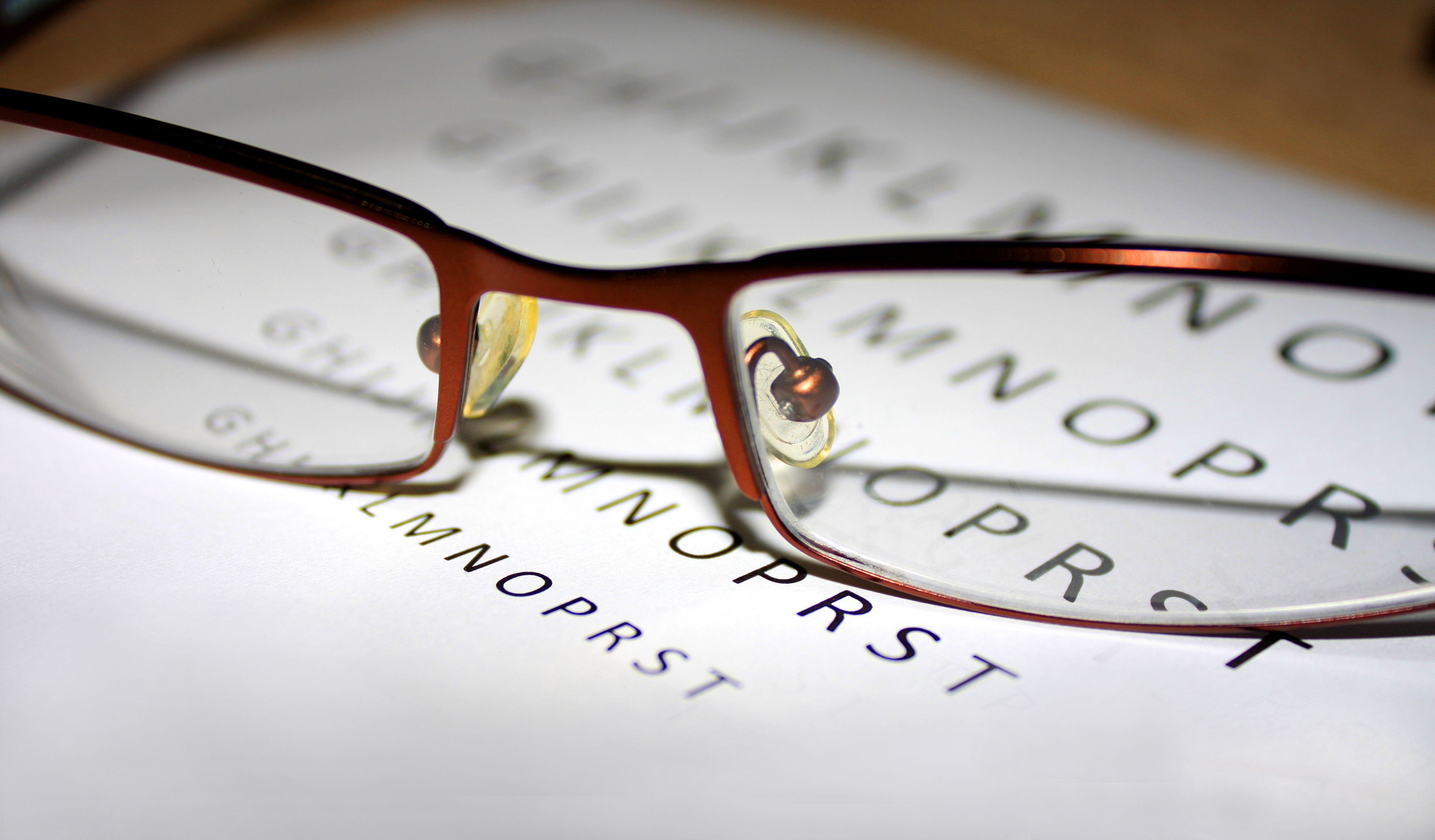Article
Newly Approved Eye Drug Teprotumumab Shown to Reduce Swelling, Improve QoL
Author(s):
Teprotumumab, which was approved this week by the FDA, resulted in a greater frequency of proptosis reduction compared with placebo for patients with active thyroid eye disease, according to study results released Wednesday.
Yesterday, the FDA approved teprotumumab, to be sold as Tepezza, as the first drug for the treatment of adults with thyroid eye disease based on results from 2 studies. In its phase 3 study, published Wednesday in The New England Journal of Medicine, teprotumumab was shown to result in a greater frequency of proptosis reduction compared with placebo for patients with active thyroid eye disease.
Prior research on thyroid eye disease, a rare autoimmune disease also known as Graves’ orbitopathy or thyroid-associated ophthalmopathy, has associated the insulin-like growth factor I receptor (IGF-IR) in the pathogenesis of the condition. IGF-IRs, along with thyrotropin receptors, form physical and functional complexes that cause thyroid eye disease.
In the phase 3 OPTIC trial, researchers investigated the efficacy and safety of teprotumumab, an IGF-IR inhibitor, compared with placebo in 83 patients with clinically active thyroid eye disease. Patients were assigned in a 1:1 ratio to receive either intravenous infusions of teprotumumab (n = 41) or placebo (n = 42) once every 3 weeks for 21 weeks, with the last trial visit for the analysis being at week 24. The primary outcome of the trial was a proptosis response (a reduction in proptosis, or bulging of the eyes, of ≥2 mm) at week 24.
Secondary outcomes at week 24 included an overall response (a reduction of ≥2 points in the Clinical Activity Score plus a reduction in proptosis of ≥2 mm), Clinical Activity Score of 0 or 1 (0 = no inflammation; 1 = minimal inflammation), mean change in proptosis across trial visits (from baseline through week 24), a diplopia response (reduction in diplopia of ≥1 grade), and mean change in overall score on the Graves’ ophthalmopathy-specific quality-of-life (GO-QOL) questionnaire across trial visits (from baseline through week 24).
Study results exhibited an overall statistical improvement in patient outcomes for those undergoing teprotumumab treatment compared with placebo in both the primary and secondary outcome measurements. At week 24, the percentage of patients with a proptosis response was significantly higher with teprotumumab than with placebo (83% [34 patients] vs 10% [4 patients]; P <.001).
Patients treated with teprotumumab exhibited a significantly better overall response (78%) compared with placebo (7%), with further improvements shown in the remaining secondary outcomes for those treated with teprotumumab compared with placebo:
- Clinical Activity Score of 0 or 1 (59% vs. 21%),
- Mean change in proptosis (−2.82 mm vs −0.54 mm)
- Diplopia response (68% [19 of 28] vs 29% [8 of 28])
- Mean change in GO-QOL overall score (13.79 points vs 4.43 points) (P ≤.001 for all)
Reductions in extraocular muscle volume, orbital fat volume, or both were observed in 6 patients in the teprotumumab cohort who underwent orbital imaging. Safety measures found that most adverse events were mild or moderate in severity, with 2 serious events occurring in the teprotumumab group, of which 1 led to treatment discontinuation due to an infusion reaction.
“The effect of teprotumumab was rapid for each outcome, which was evident at the first pos-baseline assessment at week 6, and the outcomes continued to improve over the 24-week treatment period,” said the study authors.
A spokesperson for the developer of teprotumumab, Horizon Thereaupeutics, said it will cost $14,900 per vial, with full treatment over 6 months approximately 23 vials, and that the wholesale acquisition cost for that amount is $343,000, with an annual net realized price of $200,000.
Reference
Douglas RS, Kahaly GJ, Patel A, et al. Teprotumumab for the treatment of active thyroid eye disease [published online January 22, 2020]. N Engl J Med. doi: 10.1056/NEJMoa1910434.





